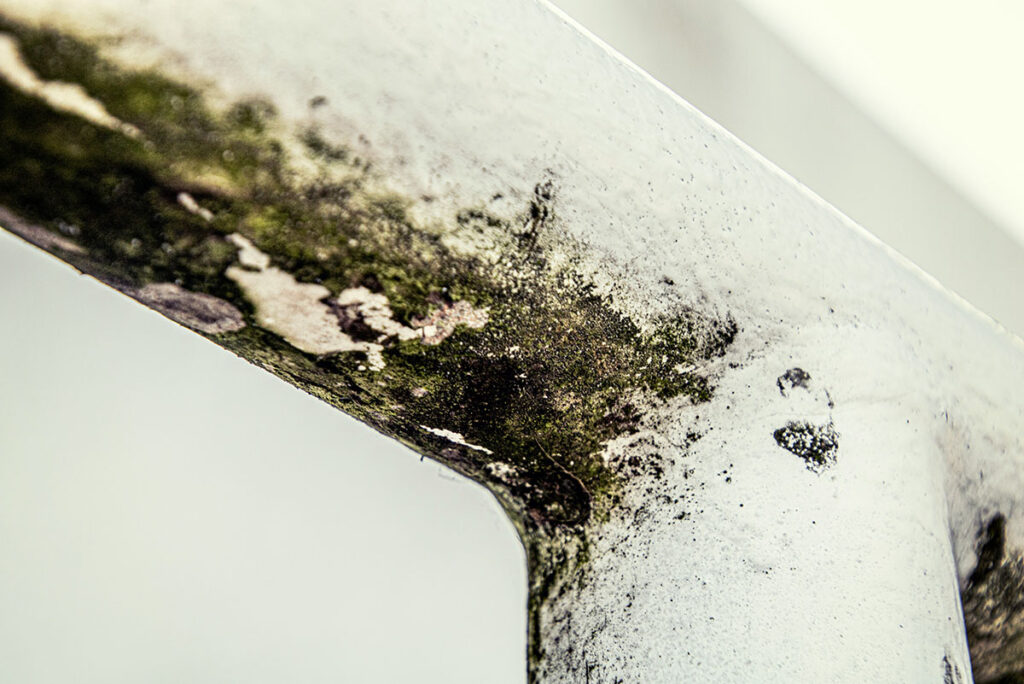OSHA Indoor Air Microbiological Hazard Testing
The Occupational Safety and Health Administration (OSHA) Indoor Air Microbiological Hazard Testing is a critical service for ensuring the safety of workers in various indoor environments. This testing ensures compliance with OSHA standards, particularly 1910.1000, which mandates that employers provide workplaces free from recognized hazards that could cause death or serious injury.
Microbiological hazards in the air can include bacteria, fungi (mold), and viruses, all of which can have detrimental effects on human health. These pathogens can be present due to various sources such as construction activities, building maintenance, mold outbreaks, and other environmental factors. The goal of this testing is not only compliance but also to protect employee well-being by identifying potential risks early.
The testing process involves collecting air samples over a specified period using specialized sampling devices. These devices trap airborne particles that are then analyzed in the laboratory for the presence of pathogens and other indicators of microbiological contamination. The specimens collected are subjected to rigorous analysis methods, including culturing techniques, PCR (Polymerase Chain Reaction) amplification, and mass spectrometry.
Once the samples have been processed, the results are compared against OSHA’s permissible exposure limits (PELs). This comparison helps determine whether there is a microbiological hazard present that could pose a risk to workers. If hazards are detected, appropriate corrective actions can be taken, such as improving ventilation systems or addressing sources of contamination.
The importance of this testing cannot be overstated in the context of today’s increasingly health-conscious workforce and regulatory environment. By adhering to OSHA standards through microbiological hazard testing, organizations demonstrate a commitment to employee safety and well-being. This proactive approach can also help prevent potential legal issues that could arise from non-compliance.
For those involved in quality management or compliance, indoor air microbiological testing is not just a regulatory requirement but an essential tool for maintaining safe working environments. In the realm of research and development (R&D), this service aids in understanding environmental impacts on health and developing safer products. Procurement professionals can also benefit by ensuring that suppliers adhere to these standards.
| Microbial Pathogen | Description | Risk Level |
|---|---|---|
| Bacillus anthracis | Causes anthrax, a serious bacterial disease. | Highest risk - potential for aerosolization. |
| Candida albicans | A common fungus that can cause infections in humans. | Medium risk - opportunistic pathogen. |
| Fusarium oxysporum | Causes soil-borne wilt diseases and may produce toxins. | Low to medium risk - airborne spores. |
Why It Matters
The significance of OSHA Indoor Air Microbiological Hazard Testing lies in its ability to identify and mitigate potential health risks associated with indoor air quality. Poor indoor air quality can lead to a range of symptoms from mild discomfort to severe respiratory conditions, allergies, and even infections. The testing process is crucial for several reasons:
- It helps in maintaining compliance with OSHA standards.
- It provides insights into the presence of specific pathogens that can pose health risks.
- It allows for proactive measures to be taken before a hazard becomes more serious or widespread.
- It supports evidence-based decision-making regarding workplace safety and health improvements.
The testing process is not just about identifying pathogens; it’s also about understanding the environmental conditions that can lead to their presence. This information can be used to improve ventilation, control moisture levels, and address other sources of contamination within a building.
Industry Applications
- Hospitals and healthcare facilities where patient safety is paramount.
- Manufacturing plants that may have processes involving the release of biological agents.
- Construction sites during renovation or demolition activities.
- Office buildings to ensure a healthy working environment for employees.
The testing is particularly relevant in industries where workers are exposed to high-risk environments. For instance, healthcare workers face a constant threat of infectious diseases and must work in settings that adhere to strict hygiene standards. Similarly, construction workers may encounter mold spores or other pathogens during renovation projects.
Environmental and Sustainability Contributions
By ensuring compliance with OSHA’s indoor air quality regulations, this testing contributes significantly to environmental sustainability efforts. A clean and safe working environment not only enhances worker productivity but also reduces the likelihood of accidents and illnesses. This, in turn, leads to lower healthcare costs for employers.
The data collected through microbiological hazard testing can be used to develop more sustainable practices within buildings. For example, better ventilation systems can reduce energy consumption while improving air quality. Additionally, addressing sources of contamination such as mold can prevent the need for costly remediation projects in the future.





